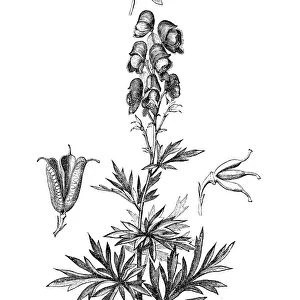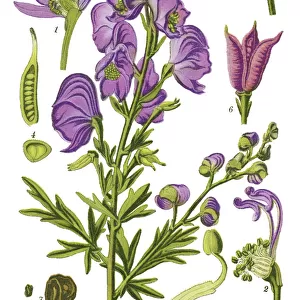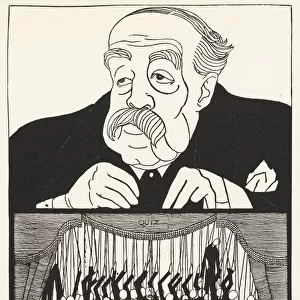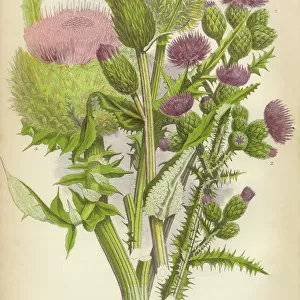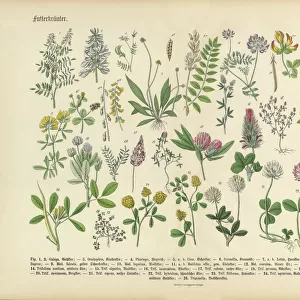Home > Arts > Portraits > Botanical illustrations > Fine art
Monks hood, Aconitum napellus
![]()

Wall Art and Photo Gifts from Mary Evans Picture Library
Monks hood, Aconitum napellus
Monks hood, Aconitum napellus. Handcoloured copperplate engraving from Dr. Willibald Artus Hand-Atlas sammtlicher mediinisch-pharmaceutischer Gewachse, (Handbook of all medical-pharmaceutical plants), Jena, 1876
Mary Evans Picture Library makes available wonderful images created for people to enjoy over the centuries
Media ID 23152606
© Florilegius/Mary Evans
Aconite Aconitum Artus Gewachse Hand Atlas Handbook Herbal Medical Pharmaceutical Mediinisch Pharmaceutischer Napellus Poison Sammtlicher Toxic Willibald Wolfsbane Monks Hood
FEATURES IN THESE COLLECTIONS
> Arts
> Portraits
> Botanical illustrations
> Fine art
> Arts
> Realistic drawings
> Botanical illustrations
> Fine art
> Mary Evans Prints Online
> New Images August 2021
EDITORS COMMENTS
Monks Hood, Aconitum napellus, is depicted in this stunning handcoloured copperplate engraving from Dr. Willibald Artus' Hand-Atlas sammtlicher mediinisch-pharmaceutischer Gewachse, published in Jena, Germany, in 1876. Monks Hood, also known as Aconitum napellus, Wolfsbane, or Aconite, is a highly toxic plant that has been used in traditional medicine for centuries. The plant derives its common name from the monks who were believed to have used it for medicinal purposes, as well as for protective and magical purposes. The engraving accurately depicts the plant's distinctive features, including its tall spike of hooded, bell-shaped flowers, which range in color from purple to blue or white. The plant's toxicity is evident in the warning symbol depicted at its base. Monks Hood contains alkaloids, including aconitine, which can cause paralysis, heart failure, and even death if ingested or handled improperly. Despite its toxicity, Monks Hood has a long history of medicinal use. It has been used to treat a variety of conditions, including rheumatism, gout, and labor pains. In traditional Chinese medicine, it is still used to treat conditions such as heart disease, pain, and convulsions. However, its use requires extreme caution due to its toxicity, and it should only be administered by trained medical professionals. This beautiful and intricately detailed engraving is a testament to the skill and artistry of the 19th-century botanical illustrators. It provides a valuable record of the plant's appearance and offers a glimpse into the historical use of Monks Hood in traditional medicine.
MADE IN THE USA
Safe Shipping with 30 Day Money Back Guarantee
FREE PERSONALISATION*
We are proud to offer a range of customisation features including Personalised Captions, Color Filters and Picture Zoom Tools
SECURE PAYMENTS
We happily accept a wide range of payment options so you can pay for the things you need in the way that is most convenient for you
* Options may vary by product and licensing agreement. Zoomed Pictures can be adjusted in the Cart.


